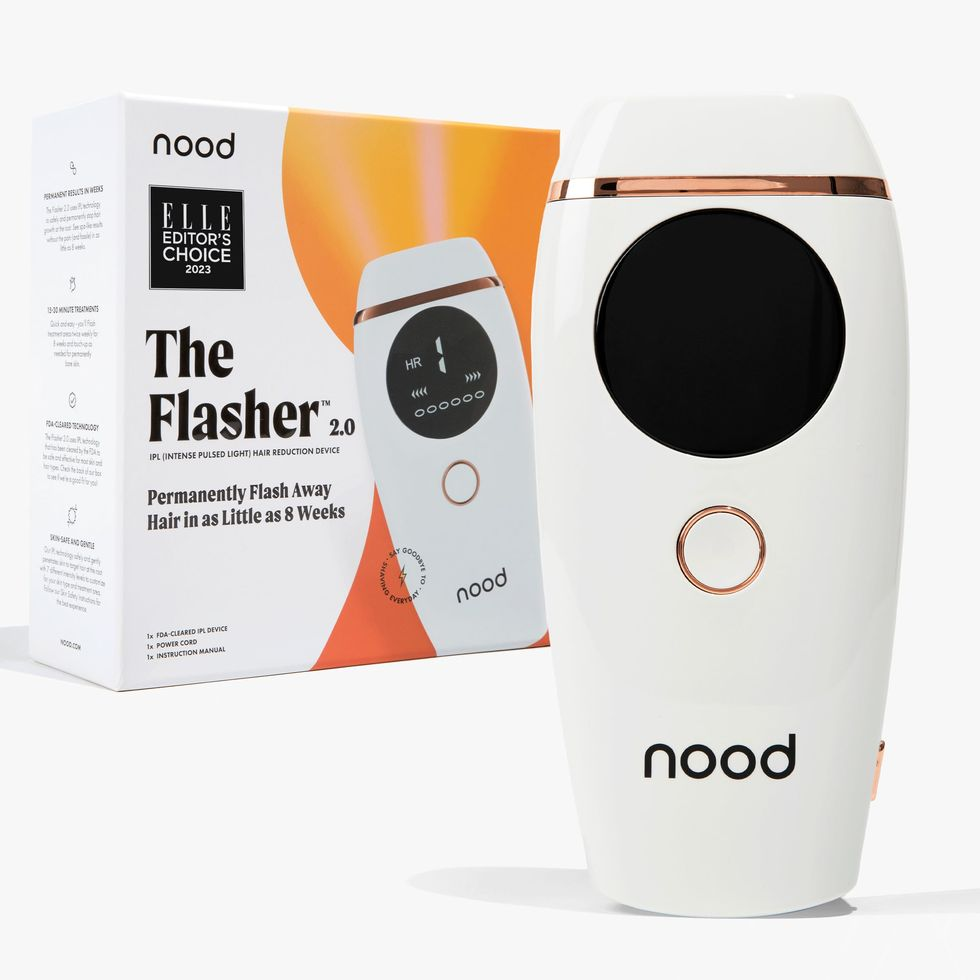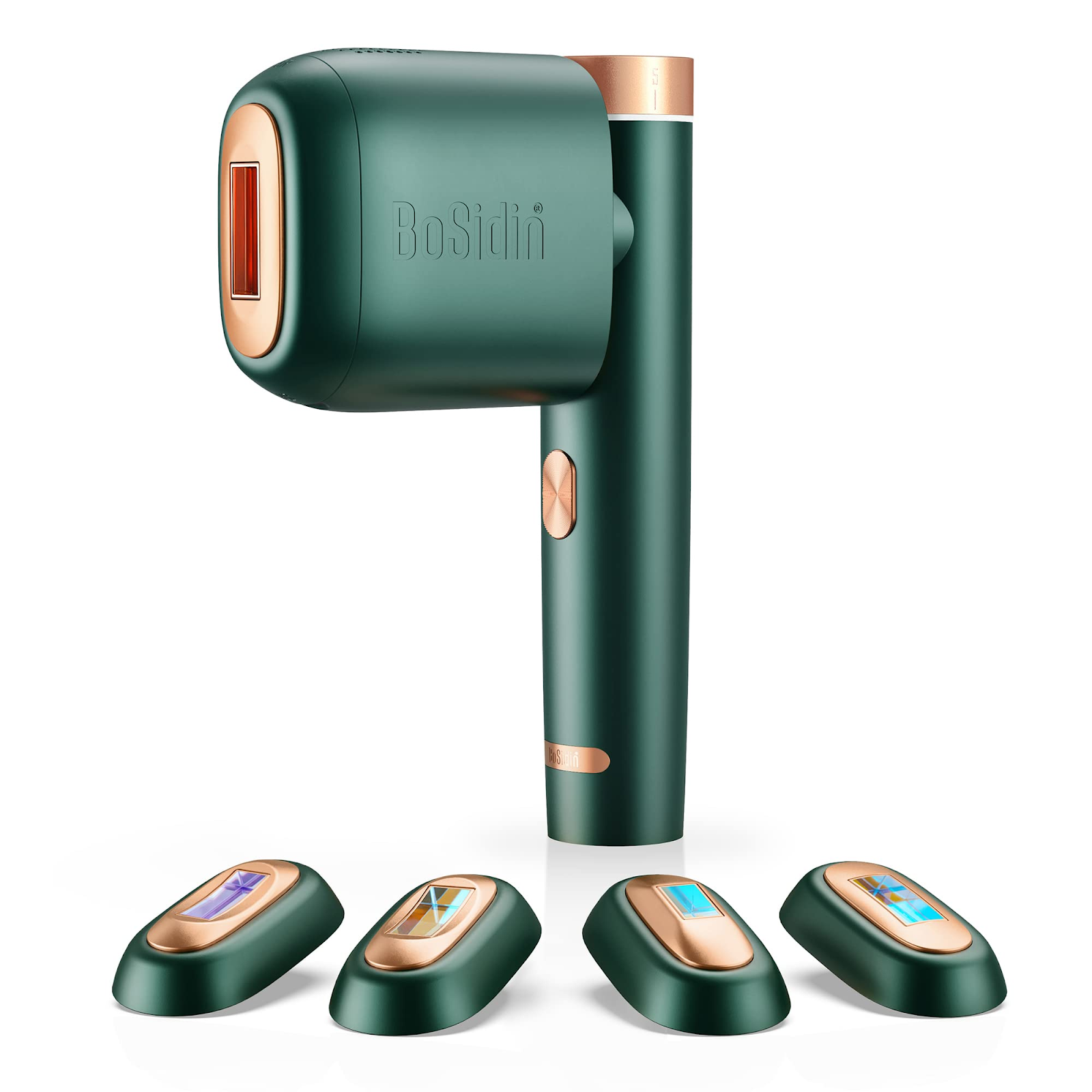Hey guys, things are changing in how we see grooming! It’s not just about women having smooth skin anymore. Now, guys want to look polished too, and they’re looking for easy ways to do it. That’s where laser hair removal comes in – a cool solution for guys dealing with unwanted hair on their faces, backs, and chests. In this guide, we’ll talk about how laser hair removal works for men, and the science behind it. It’s not just about saving time on grooming; it’s also about feeling more confident. So, let’s check out how diving into the world of laser hair removal can totally change how guys take care of themselves, making them look and feel more put together!

How Does Laser Hair Removal for Men Work?
Consider laser hair removal as an effective solution for getting rid of unwanted hair. Wondering how it works? Well, it has a unique ability to target the color in your hair, known as melanin. During the laser treatment, the light acts as a signal that the melanin in your hair follicle picks up, similar to honing in on a target.
Now, the melanin in the hair follicle absorbs the laser light, causing the follicle (or the hair-making factory) to heat up. Visualize this process as generating warmth, damaging the follicle in the process.
With repeated laser treatments, this damage accumulates. The hair-making factory gets disrupted and can’t function properly anymore. It’s akin to overcoming a challenge – once the damage is done, the follicle can’t cause more trouble. In laser hair removal, the damaged follicle stops growing new hair. So, what’s the outcome? Reduced or even no more unwanted hair! It’s essentially an effective way to deal with those hairs you’d rather not have around.
Is laser hair removal effective with multiple sessions?
Yes. Laser hair removal isn’t a one-time thing. Typically, at least 3-6 sessions are needed over several months because the laser works on actively growing hairs. Hair follicles have a cycle of growth, rest, fall-out, reset, and regrowth. Since the laser only affects actively growing hairs, treatments are spaced a month apart. It takes a few sessions to wear down the follicles completely, leading to a cycle of month-long intervals until all follicles are treated.
Does Laser Hair Removal Hurt?
Whether or not laser hair removal hurts depends on your individual pain tolerance and the area being treated. Thanks to advanced laser technology, the procedure is considerably less uncomfortable compared to waxing. Many individuals describe it as painless, though some mention a sensation akin to a pinprick or a snap of a rubber band, accompanied by a gentle warmth.
How to prepare for laser hair removal
Before undergoing laser hair removal, men should follow specific steps to ensure a safe and successful treatment. Here’s a tailored checklist for men preparing for laser hair removal
Consultation
Schedule a consultation with a qualified laser hair removal specialist. Discuss your medical history, any medications you’re taking, and your specific goals for the treatment.
Avoid Sun Exposure
Steer clear of the sun and tanning beds for at least six weeks before the treatment. Sun exposure can increase the risk of complications and impact the effectiveness of the laser.
Avoid Hair Removal Methods
Refrain from waxing, plucking, or electrolysis for at least six weeks prior to the treatment. These methods can interfere with the laser’s ability to target hair follicles.
Shave the Area
Shave the area you want to be treated a day or two before the session. This allows the laser to focus on the hair follicles beneath the skin without affecting surface hair.
Avoid Skin Products
Stop using skincare products that might irritate the skin, such as retinoids or glycolic acid, a few days before the treatment.
Avoid Perfumes and Deodorants
On the treatment day, avoid using perfumes, deodorants, or any products in the area to be treated, as they can cause irritation.
Hydrate and Moisturize
Keep your skin well-hydrated and moisturized in the days leading up to the treatment. Well-hydrated skin tends to respond better to laser treatments.
Remove Makeup
If the treatment involves the face, remove any makeup or skincare products before the session.
Comfortable Clothing
Opt for loose and comfortable clothing for the appointment, especially if the laser hair removal is for a larger body area.
Follow Pre-Treatment Instructions
Adhere to any specific pre-treatment instructions provided by your laser hair removal specialist to ensure optimal results and minimize potential risks.
How Long Does It Take To See Results?
For the hair removal to work well, we need to aim at a specific time when the hair is growing. Each hair is at a different stage of growth when you start the treatment. So, you’ll need several sessions to catch the hairs when they are growing the most.
Usually, for a lasting effect, we suggest 8 to 12 hair removal sessions. These sessions are spread out every 4 to 6 weeks, depending on which part of your body you’re treating.
Here’s a breakdown of what you can expect
Initial Results
2-4 weeks after your first session: You may notice some areas with less hair growth.
4-6 weeks: More noticeable hair reduction and thinner hair strands in treated areas.
Continued Progress
6-12 sessions: Significant hair reduction, with 70-90% of hair eliminated in treated areas.
Maintenance sessions: Every 4-6 months, depending on individual hair growth, to maintain results.
Aftercare Tips for Laser Hair Removal
After your laser hair removal session, safeguard your skin by staying out of the sun for at least 24 hours. Alleviate any swelling or discomfort by applying a cold compress to the treated area, and opt for gentle soaps while avoiding harsh scrubs. Maintain regular moisturizing for optimal skin care, and refrain from shaving or waxing the treated area to support a smooth and effective recovery process.
How much is laser hair removal for men?
The cost of laser hair removal for men can vary widely depending on factors such as the treatment area, the number of sessions needed, and the geographical location of the clinic or spa. On average, laser hair removal for men can range from $200 to $900 per session. Larger treatment areas, such as the back or chest, may cost more than smaller areas like the face or underarms. It’s essential to consult with a laser hair removal specialist for a personalized assessment and pricing based on your specific needs and goals. Additionally, some clinics offer package deals for multiple sessions, which may provide cost savings compared to individual sessions.
Can skin tones affect the results of laser hair removal?
Yes, the color of your skin can affect how well laser hair removal works. It works best when your hair color is really different from your skin color. For example, if you have light skin and dark hair, it usually works better. The laser can then focus on the dark hair without causing problems for the surrounding skin. But if you have darker skin, it might need special tools or skills to avoid issues like dark or light spots. It’s important to talk to an expert to figure out the best approach based on your skin and hair colors.
Can I do laser hair removal at home?
Yes, you can find laser hair removal devices for home use, but they’re not as strong as the ones at the dermatologist’s office. That means you might need to use them more often. It’s a good idea to check with your doctor before doing laser hair removal at home, just to make sure it’s okay. And, of course, it’s always best to use a safe product.
The Best Laser Hair Removal Devices for Men
Braun IPL Permanent Hair Removal System

This device is top-notch—quick, works well, and simple to use. It’s our top pick because of its speed and effectiveness. With IPL technology, it adjusts the flash strength based on your skin tone, suitable for most skin tones. FDA-approved, it has 10 power settings, letting you customize your treatment for your skin tone and comfort level.
Nood The Flasher 2.0

Want to feel good about your body? Try Nood’s The Flasher. It works on all the places with hair—like your private parts, back, legs, and face. Use it regularly for eight weeks to see changes. Once you see results, you’ll want to keep using it until the hair stops growing completely.
BoSidin IPL Laser Permanent Cooling-Care Hair Removal Device

Using at-home hair removal devices can be uncomfortable, but this specific device aims to minimize any discomfort by incorporating an ice-cooling panel. Additionally, its precision head can rotate 180 degrees in both directions, providing easier access to hard-to-reach areas.
FAQ
1. Is laser treatment safe for men?
Yes. Laser hair removal treatments are secure, having received approval from the FDA, ensuring they do not lead to any undesired side effects.
2. Can men do lasers in private parts?
Yes. Unlike some other methods, it doesn’t enter your bloodstream or lymph nodes. As a result, it’s safe for sensitive areas like the male genital area, underarms, ears, or nose.
3. Does laser hair removal take longer for men?
Yes, laser hair removal typically takes longer for men than women. This is due to several factors, including higher testosterone levels and thicker, denser hair. Men may require 8-12 sessions compared to 6-8 for women.
Conclusion
To put it simply, laser hair removal is a useful and effective way to get rid of unwanted hair. It not only makes your skin smoother but also saves you time in the long run because you won’t have to deal with hair as much. It’s usually safe, but it’s important to be realistic about what to expect, as results can be different depending on your skin type and hair color.




